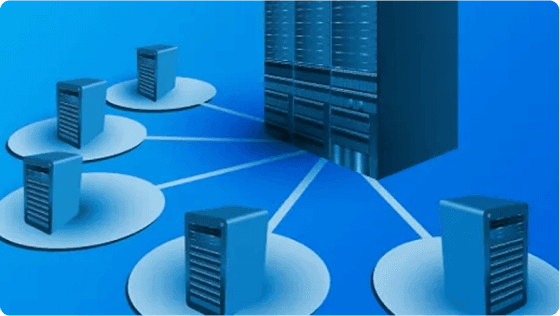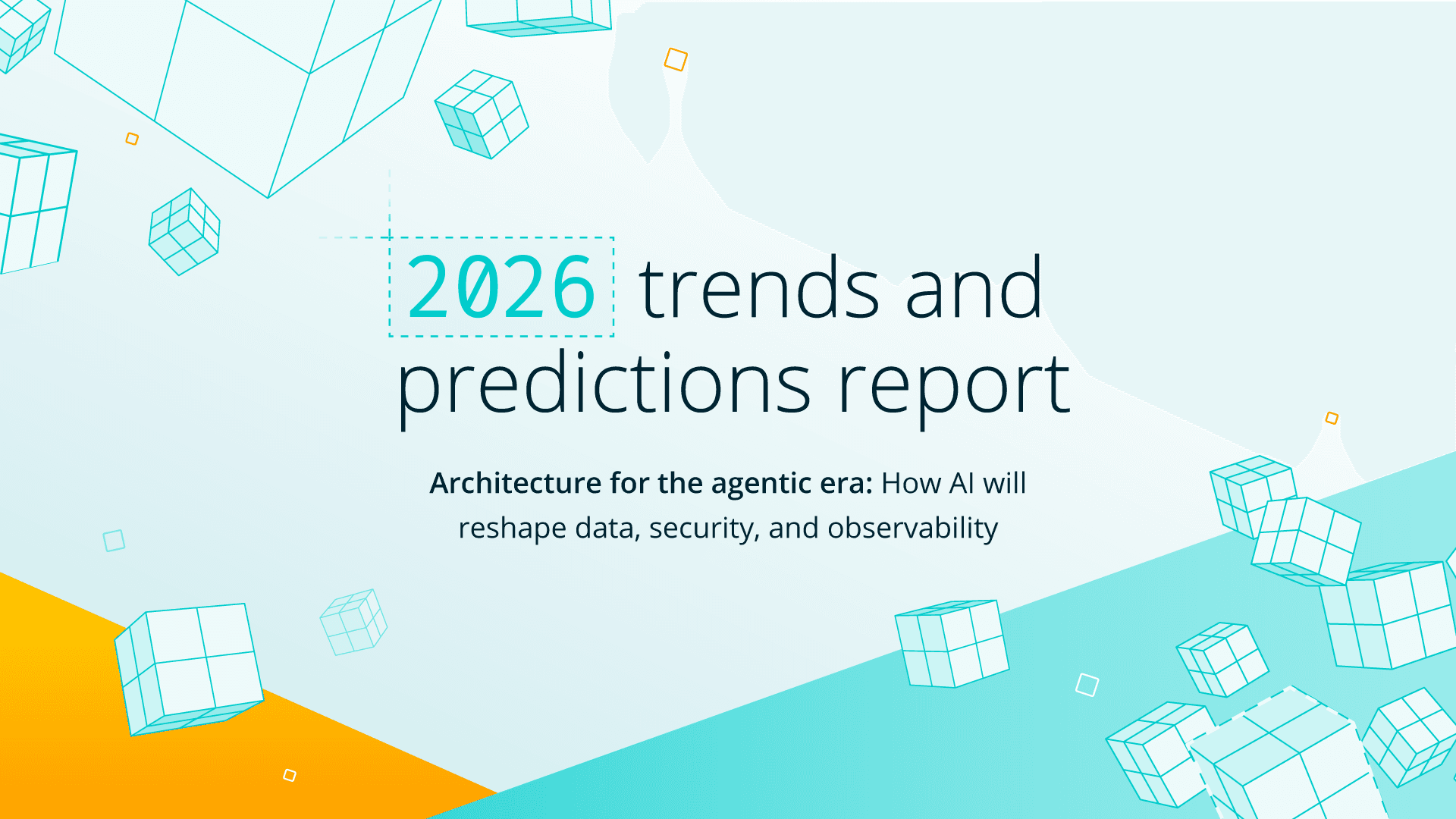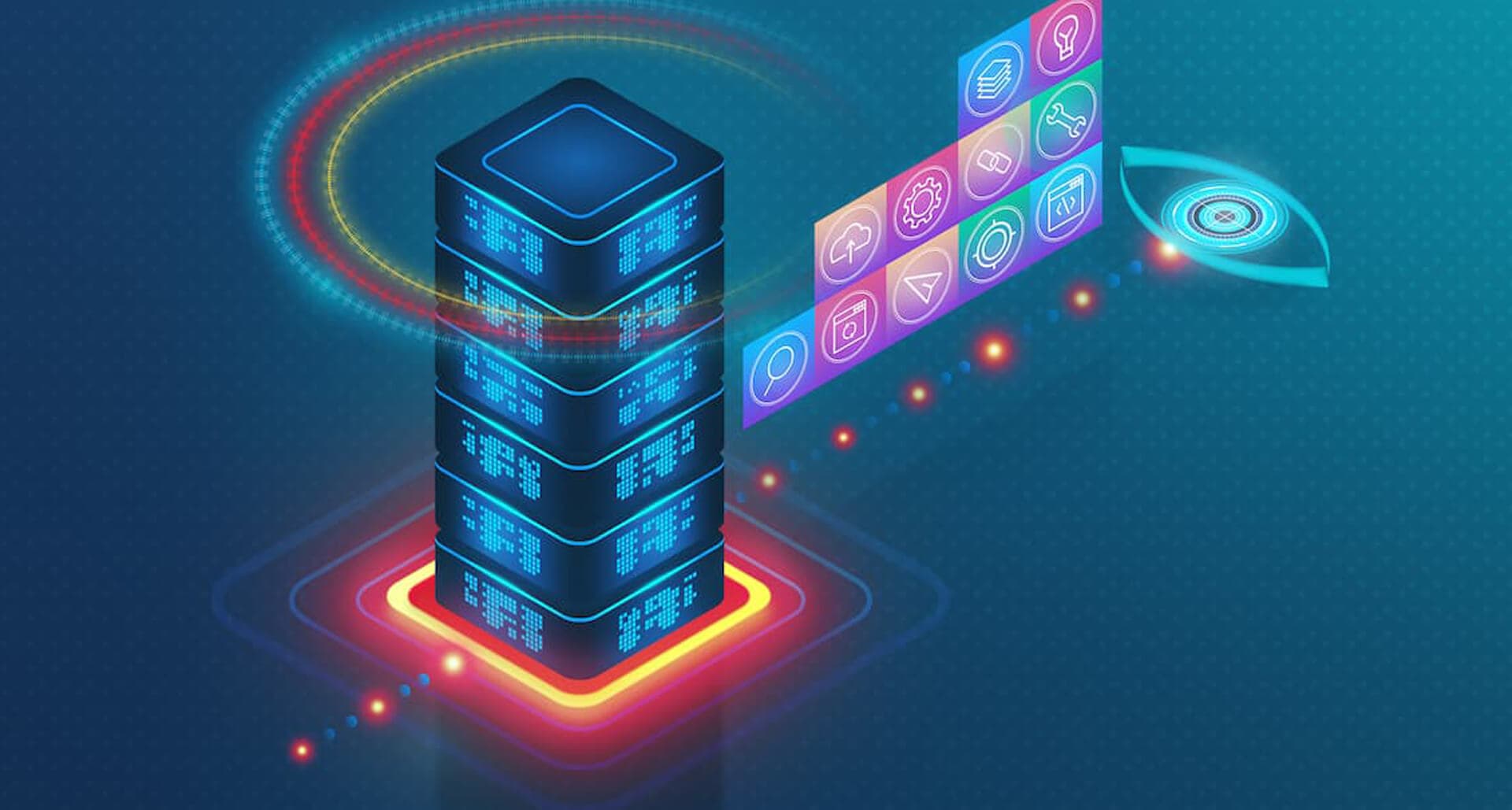The Challenge
Your enterprise’s business goals include strong security, high-service stability, monitoring tools, and increased customer experience. To understand how you’re meeting those goals, you must collect and analyze data correlated with your desired outcomes.
You can start by collecting and analyzing the three main components of Observability – metrics, logs, and traces. For example, organizations collect data from different data sources and analyze it with the proper observability tools and in the right format to have a comprehensive view of how your environment is performing.
The Solution
Observability pipelines are essential for turning use cases into outcomes. By efficiently moving data across your environment, they ensure that the right information reaches the right tools, exactly when it’s needed. Whether you’re orchestrating complex data flows, keeping observability costs under control, or improving visibility across systems, pipelines give you the flexibility and control to operationalize your observability strategy and make it actionable.
With an observability pipeline, you can take data from any source and route it to any tool. Put data where it has the most value. Route data to the best tool for the job — or all the tools for the job.
An observability pipeline can help you reduce less-valuable data before you pay to analyze or store it. This process can help you dramatically slash costs, eliminate null fields, remove duplicate data, and drop fields you’ll never analyze. Using an observability pipeline means you keep all the data you need and only pay to analyze and store what’s important to you now.
Take the data you have and format it for any destination, without having to add new agents. By transforming the data you already have, and sending it to the tools your teams use, this increases flexibility without incurring the cost and effort of recollecting and storing the same data multiple times in different formats.

Optimization
Observability helps organizations understand and optimize their IT systems. To use observability effectively, you should understand how your IT systems impact your goals, make a list of questions about how your systems are operating, translate those questions into things you can measure, and decide what measurements are acceptable. You can collect data for observability using servers, log scrapers or forwarders, and agents (software that collects metrics from endpoints). This will help you understand what is happening within your environment.
eBook
2026 trends and predictions report
In 2026, IT, Security, and Observability leaders face a pivotal moment: Modernize architectures to handle AI-scale data efficiently — or face spiraling costs, blind spots, and systemic fragility as agents become a core part of enterprise operations. This report explores five predictions that reveal how AI will reshape the economics, security, and architecture of data in the coming years — and what leaders must do now to prepare.

Use Cases
Managing massive volumes of telemetry from diverse sources is costly and complex. By filtering, enriching, and normalizing data in real time, observability platforms ensure only valuable, high-quality telemetry reaches downstream tools. This approach reduces storage costs and accelerates analytics, empowering teams to make faster, more informed decisions.
Cloud migrations can introduce data loss, misconfigurations, and high egress costs, especially when maintaining parity between on-prem and cloud environments. Observability pipelines route, compress, and enrich telemetry to both legacy and cloud destinations, ensuring seamless migration and data consistency. The result is faster, safer migrations with reduced costs and uninterrupted visibility.
Application and infrastructure logs often create noise and drive up storage costs, making it hard to surface critical insights. Observability solutions prioritize, filter, and route logs based on value, sending low-value data to cost-effective storage or discarding it while retaining essential logs for analysis and compliance. This dramatically lowers log management costs and improves operational focus and efficiency.
Hybrid cloud environments create complexity in monitoring performance, availability, and security across on-premises and multi-cloud systems. Observability platforms consolidate logs, metrics, and traces from all environments into a single pane of glass, with real-time routing and enrichment. This enables centralized visibility, faster troubleshooting, and optimized resource usage as hybrid architectures evolve.
Diverse telemetry formats and proprietary agents complicate data collection and analysis across modern environments. By adopting OpenTelemetry, organizations standardize instrumentation and unify the collection of logs, metrics, and traces across platforms and vendors. This streamlines integration, reduces vendor lock-in, and builds a future-proof observability foundation.
Dynamic, containerized workloads in Kubernetes clusters are difficult to monitor and troubleshoot at scale, particularly across hybrid or multi-cloud deployments. Observability platforms collect, correlate, and analyze telemetry from Kubernetes, delivering end-to-end visibility and real-time alerting. Teams benefit from faster root cause analysis, improved uptime, and optimized resource usage in cloud-native environments.
Blog
Observability enables more than monitoring — it unlocks solutions to your biggest IT challenges. From threat detection to performance optimization and data cost control, see how observability use cases turn data into decisions.

Resources
Get Started
The Stream Sandbox lets you experience a full version of Stream LIVE right now with pre-made sources and destinations. The main course, Stream Fundamentals, will guide you interactively through the main features of Cribl Stream, and upon completion, you will earn a completion certificate.